2-quinolinylmethanol
Modify Date: 2025-08-25 14:40:23

2-quinolinylmethanol structure
|
Common Name | 2-quinolinylmethanol | ||
|---|---|---|---|---|
| CAS Number | 1780-17-2 | Molecular Weight | 159.18500 | |
| Density | 1.218 g/cm3 | Boiling Point | 310.6ºC at 760 mmHg | |
| Molecular Formula | C10H9NO | Melting Point | N/A | |
| MSDS | Chinese USA | Flash Point | 141.6ºC | |
| Name | quinolin-2-ylmethanol |
|---|---|
| Synonym | More Synonyms |
| Density | 1.218 g/cm3 |
|---|---|
| Boiling Point | 310.6ºC at 760 mmHg |
| Molecular Formula | C10H9NO |
| Molecular Weight | 159.18500 |
| Flash Point | 141.6ºC |
| Exact Mass | 159.06800 |
| PSA | 33.12000 |
| LogP | 1.72710 |
| Vapour Pressure | 0.000255mmHg at 25°C |
| Index of Refraction | 1.667 |
Synonym: Section 2 - COMPOSITION, INFORMATION ON INGREDIENTS
Risk Phrases: 36/37/38 Section 3 - HAZARDS IDENTIFICATION EMERGENCY OVERVIEW
Irritating to eyes, respiratory system and skin. Potential Health Effects Eye: Causes eye irritation. Skin: Causes skin irritation. May be harmful if absorbed through the skin. Ingestion: May cause irritation of the digestive tract. May be harmful if swallowed. Inhalation: Causes respiratory tract irritation. May be harmful if inhaled. Chronic: Not available. Section 4 - FIRST AID MEASURES Eyes: Flush eyes with plenty of water for at least 15 minutes, occasionally lifting the upper and lower eyelids. Get medical aid. Skin: Get medical aid. Flush skin with plenty of water for at least 15 minutes while removing contaminated clothing and shoes. Ingestion: Get medical aid. Wash mouth out with water. Inhalation: Remove from exposure and move to fresh air immediately. If not breathing, give artificial respiration. If breathing is difficult, give oxygen. Get medical aid. Notes to Physician: Treat symptomatically and supportively. Section 5 - FIRE FIGHTING MEASURES General Information: As in any fire, wear a self-contained breathing apparatus in pressure-demand, MSHA/NIOSH (approved or equivalent), and full protective gear. Extinguishing Media: Use water spray, dry chemical, carbon dioxide, or chemical foam. Section 6 - ACCIDENTAL RELEASE MEASURES General Information: Use proper personal protective equipment as indicated in Section 8. Spills/Leaks: Vacuum or sweep up material and place into a suitable disposal container. Section 7 - HANDLING and STORAGE Handling: Avoid breathing dust, vapor, mist, or gas. Avoid contact with skin and eyes. Storage: Store in a cool, dry place. Store in a tightly closed container. Section 8 - EXPOSURE CONTROLS, PERSONAL PROTECTION Engineering Controls: Facilities storing or utilizing this material should be equipped with an eyewash facility and a safety shower. Use adequate ventilation to keep airborne concentrations low. Exposure Limits CAS# 1780-17-2: Personal Protective Equipment Eyes: Not available. Skin: Wear appropriate protective gloves to prevent skin exposure. Clothing: Wear appropriate protective clothing to prevent skin exposure. Respirators: Follow the OSHA respirator regulations found in 29 CFR 1910.134 or European Standard EN 149. Use a NIOSH/MSHA or European Standard EN 149 approved respirator if exposure limits are exceeded or if irritation or other symptoms are experienced. Section 9 - PHYSICAL AND CHEMICAL PROPERTIES Physical State: Crystals Color: yellow Odor: Not available. pH: Not available. Vapor Pressure: Not available. Viscosity: Not available. Boiling Point: Not available. Freezing/Melting Point: Not available. Autoignition Temperature: Not available. Flash Point: Not available. Explosion Limits, lower: Not available. Explosion Limits, upper: Not available. Decomposition Temperature: Not available. Solubility in water: Specific Gravity/Density: Molecular Formula: C10H9NO Molecular Weight: 159.19 Section 10 - STABILITY AND REACTIVITY Chemical Stability: Not available. Conditions to Avoid: Incompatible materials. Incompatibilities with Other Materials: Strong oxidizing agents. Hazardous Decomposition Products: Carbon monoxide, carbon dioxide. Hazardous Polymerization: Has not been reported. Section 11 - TOXICOLOGICAL INFORMATION RTECS#: CAS# 1780-17-2 unlisted. LD50/LC50: Not available. Carcinogenicity: 2-Quinolinylmethanol - Not listed by ACGIH, IARC, or NTP. Section 12 - ECOLOGICAL INFORMATION Section 13 - DISPOSAL CONSIDERATIONS Dispose of in a manner consistent with federal, state, and local regulations. Section 14 - TRANSPORT INFORMATION IATA No information available. IMO No information available. RID/ADR No information available. Section 15 - REGULATORY INFORMATION European/International Regulations European Labeling in Accordance with EC Directives Hazard Symbols: XI Risk Phrases: R 36/37/38 Irritating to eyes, respiratory system and skin. Safety Phrases: S 26 In case of contact with eyes, rinse immediately with plenty of water and seek medical advice. S 37/39 Wear suitable gloves and eye/face protection. WGK (Water Danger/Protection) CAS# 1780-17-2: No information available. Canada None of the chemicals in this product are listed on the DSL/NDSL list. CAS# 1780-17-2 is not listed on Canada's Ingredient Disclosure List. US FEDERAL TSCA CAS# 1780-17-2 is not listed on the TSCA inventory. It is for research and development use only. SECTION 16 - ADDITIONAL INFORMATION N/A |
| Hazard Codes | Xi: Irritant; |
|---|---|
| Risk Phrases | R20/21/22 |
| Safety Phrases | 26-36/37/39 |
| HS Code | 2933499090 |
| Precursor 10 | |
|---|---|
| DownStream 8 | |
| HS Code | 2933499090 |
|---|---|
| Summary | 2933499090. other compounds containing in the structure a quinoline or isoquinoline ring-system (whether or not hydrogenated), not further fused. VAT:17.0%. Tax rebate rate:13.0%. . MFN tariff:6.5%. General tariff:20.0% |
| 2-Hydroxymethylquinoline |
| 2-Quinolinylmethanol |
| 2-Quinolinemethanol |
| quinolylmethanol |
| quinoline-2-methanol |
| quinolinylmethanol |
| EINECS 217-225-7 |
| MFCD00086626 |
 CAS#:19575-07-6
CAS#:19575-07-6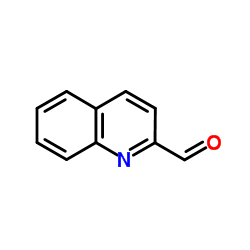 CAS#:5470-96-2
CAS#:5470-96-2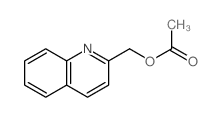 CAS#:60483-07-0
CAS#:60483-07-0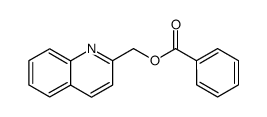 CAS#:61831-29-6
CAS#:61831-29-6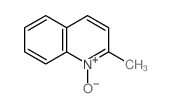 CAS#:1076-28-4
CAS#:1076-28-4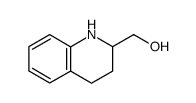 CAS#:63430-96-6
CAS#:63430-96-6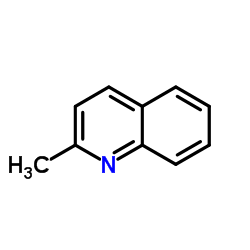 CAS#:91-63-4
CAS#:91-63-4 CAS#:163733-96-8
CAS#:163733-96-8![[1,2,3]TRIAZOLO[1,5-A]QUINOLINE Structure](https://image.chemsrc.com/caspic/337/235-21-2.png) CAS#:235-21-2
CAS#:235-21-2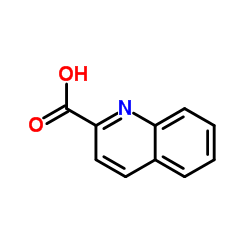 CAS#:93-10-7
CAS#:93-10-7 CAS#:5760-20-3
CAS#:5760-20-3 CAS#:5632-15-5
CAS#:5632-15-5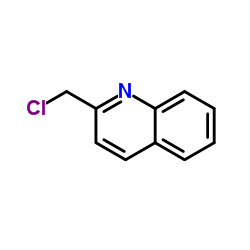 CAS#:4377-41-7
CAS#:4377-41-7 CAS#:1745-77-3
CAS#:1745-77-3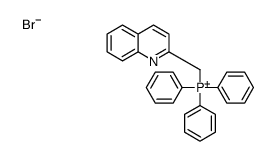 CAS#:73870-26-5
CAS#:73870-26-5